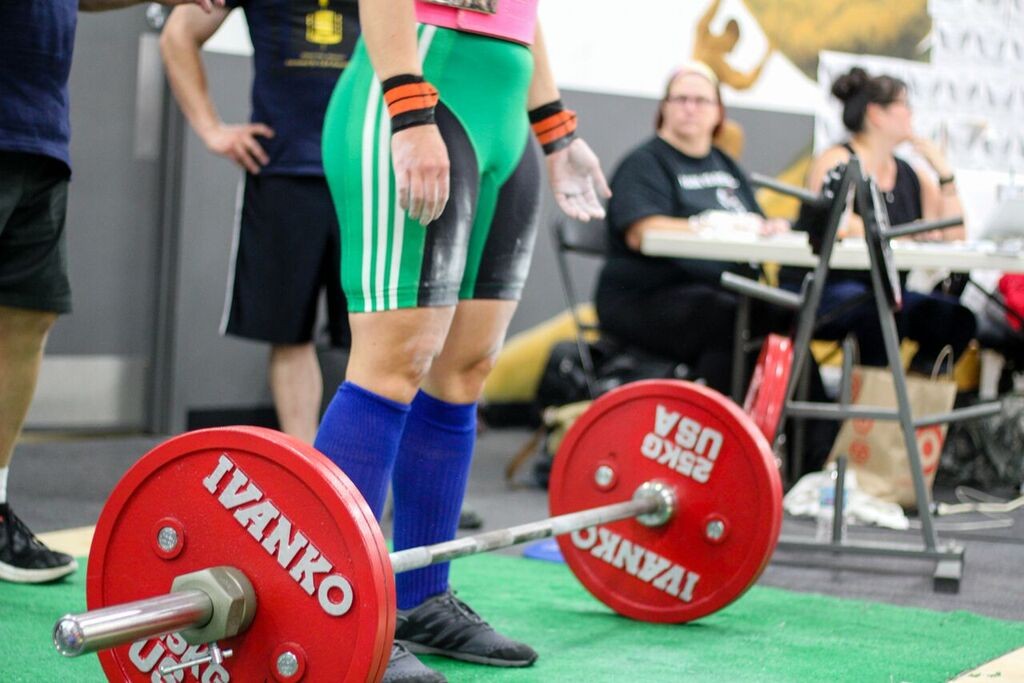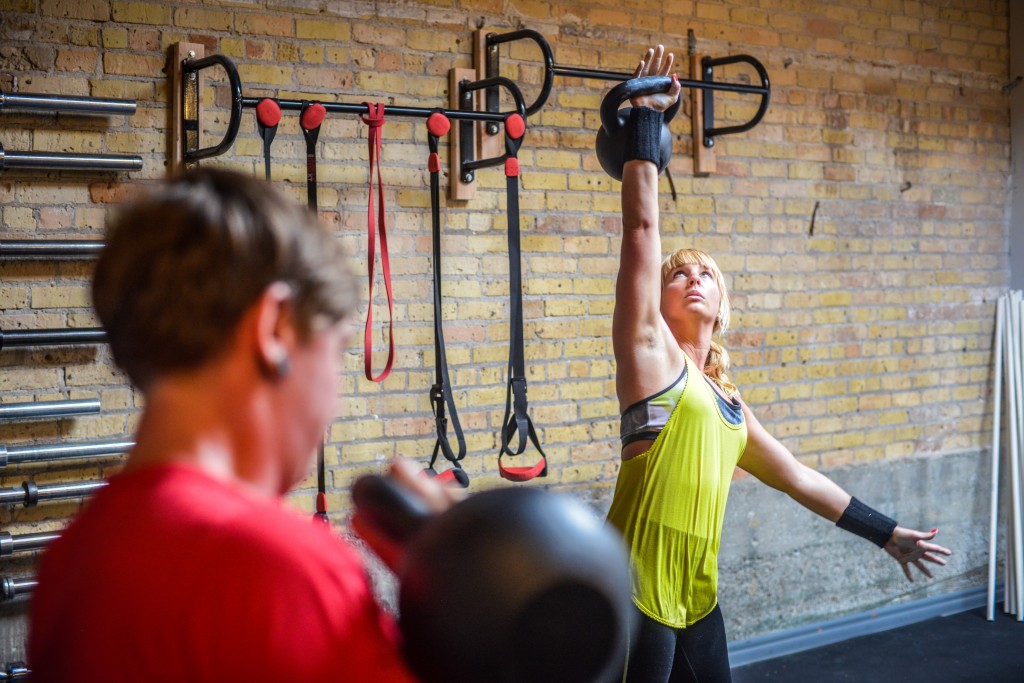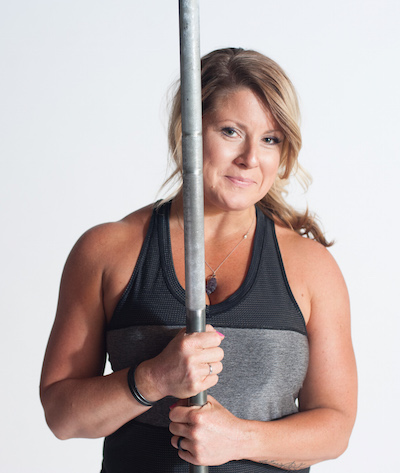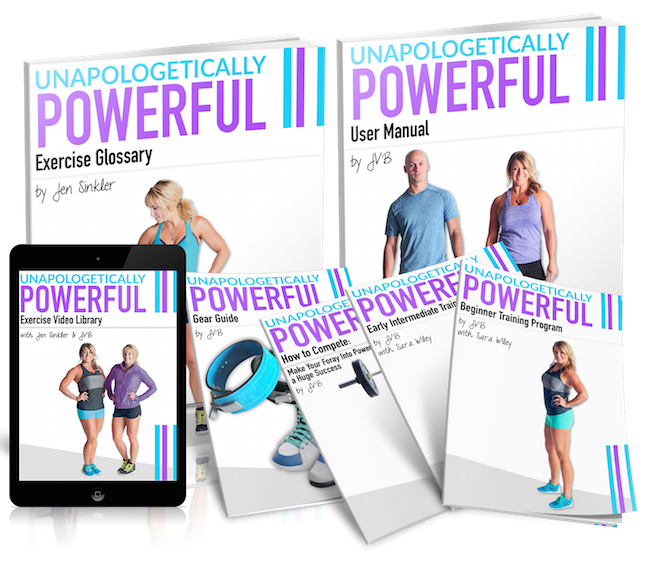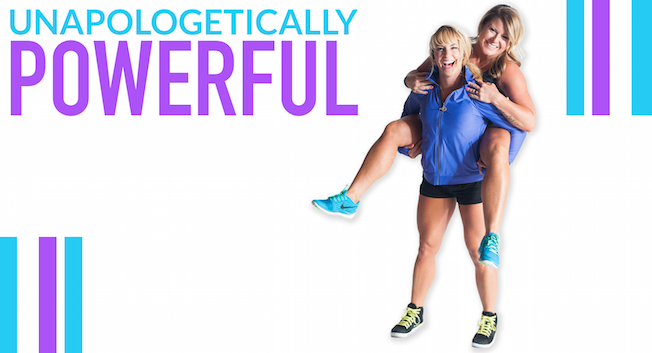3 Core Exercises For a Safer, Stronger Deadlift
Today’s guest post comes courtesy of Jennifer Vogelgesang Blake, a trainer and accomplished powerlifter from the venerated Movement Minneapolis alongside Jen Sinkler and David Dellanave. Jen just released her new product, Unapologetically Powerful, a resource to help people get into powerlifting and even prepare for their first meet.
*****
The barbell deadlift is a favorite for many lifters because of the potential to build incredible total-body strength. The objective, obviously, is to get stronger and improve your technique through repeated exposure to the lift by keeping your training frequency consistent and your eye on progressive overload by varying your training volume and the intensity on the bar as your body gets stronger.
That’s definitely part of the story. (A large part, even.) To be a strong deadlifter you need to deadlift, and deadlift often. But there comes a point where, to get a beastly deadlift, we must also look a bit deeper, to where we might be leaking strength in the movement.
If you can find the missing link to growing your deadlift, you can continue to move the needle while ensuring you’re not getting too much of one thing and not enough of another.
Breaking The Mold
First, let’s break it down. Speaking simply, at the start of the deadlift and from a dead stop, the muscles of your core will brace against the weight of the bar to prevent your spine from excessive rounding. From there, your hamstrings and hip extensors initiate the pull on the bar off the floor. From the floor, and until the bar clears the knees, the main job of your core is to fire extremely hard to stabilize and protect your spine as much as possible.
In terms of joint torque and shear forces on the spine, the most difficult portion of a deadlift is right off the floor. And, anecdotally, every back injury I’ve ever seen from deadlifting has occurred somewhere between the floor and the knees.
Second, and this is especially true for powerlifters, is that a good chunk of training (if not all of it) can fall in one plane of movement: the sagittal plane.
Let’s talk for just a second about what exactly your core muscles do: they either move or stabilize the spine as your whole body moves through three planes of motion: sagittal, frontal, and transverse. To make differentiating these planes easy, let’s apply them to where movement primarily occurs in one plane:
Sagittal plane: Walking, Lunging, and Biceps Curls
Frontal plane: Jumping Jacks, Lateral Lunges, and Cossack Squats (Dean’s specialty!)
Transverse plane: Throwing a ball and spinal-twist movements performed in yoga and Pilates
Could you train the heck out of your posterior chain (your lats, spinal erectors, glutes, hamstrings, and calves) with conventional deadlifts, Romanian deadlifts, and good mornings and muscle through a big deadlift? Sure. Is it ideal for the average lifter who wants to get strong but doesn’t want nagging pains in their low back? Probably not.
Implementing targeted core work in all three planes of movement will increase stability in your spine and improve your chances of keeping your low back safe and sound on your way to PR City.
By the way, I’m not saying that deadlifting is going to hurt your back. I’m just saying that increasing core strength through a variety of core exercises is going to help increase your overall strength, and is a preemptive strike against the possibility, especially as you load more plates on the bar.
3 Lifts For A Rock Solid Core
As the oft-repeated insight goes, “You can’t fire a cannon from a canoe.” In this instance the saying implies that you likely won’t have a strong and injury-free deadlift with a core that can only brace or move in one plane of motion.
To that end, here are three exercises to strengthen your core in 3-D and that balance out the heavier training done in the sagittal plane.
- Ab Rollout
Regardless of looking like 80s-style fitness move, ab rollouts are quite challenging. You must brace your abs a tightly as possible, and only roll out as far as you can keep your while keeping your core engaged and your back flat.
When you are first learning the movement, start with small rollouts, making the movement bigger as you get stronger.
- Kettlebell Windmill
The frontal-plane-action-plus-hip-hinge nature of the kettlebell windmill means many things are happening at once. Your abs are acting as a stabilizing companion to your obliques as you rotate through the thoracic spine. Your glutes are moving through the largest range of motion possible for you while the aforementioned core muscles work to keep your back flat and chest open. When you grip the kettlebell, the muscles of your shoulder work to stabilize the bell so it doesn’t come crashing down on your head. Now pat your stomach and rub the top of your head. Good.
There’s a lot going on, but these components are working together to open up the thoracic spine and introduce stability and mobility outside of the sagittal plane, something lifters and desk jockeys alike can’t get enough of.
Here’s how to do it:
- Resistance Band Frankenstein Twist
I love rotational and antirotational exercises for shoring up core strength outside of the sagittal plane, and one of my favorites is the Resistance Band Frankenstein Twist because of the ease in changing the angle and degrees of resistance. As you get stronger, you will step further away from the anchor point, effectively making the movement more challenging. You can also raise or lower the anchor point to vary the movement.
The set-up requires you to tuck your shoulder blades down to prevent your shoulders from ending up around your ears. This shoulder packing is a key part of the deadlift set-up, so I take the chance to reinforce it with my clients whenever possible.
Check the video below to see how it’s done:
About JVB
Jennifer Vogelgesang Blake’s leggings might be pink but her weights aren’t. A personal trainer at The Movement Minneapolis she is a powerlifting coach and competitor with a passion for helping her clients discover and grow their strength, inside and out. She’s here to spread the good word that strong is empowering and because of that, really, really fun.
Unapologetically Powerful is here!
Are you ready to become Unapologetically Powerful? If you’re even just a little bit interested in improving your back squat, bench press, and deadlift, and building lean, beautiful muscle, you’re going to love digging into this program.
Unapologetically Powerful is your go-to resource to learning all about the “big three” lifts, and removes any intimidation from training for and competing, should you decide to, in the sport of powerlifting.
Trainers JVB and Jen Sinkler have teamed up to provide you the answers to all of your powerlifting questions—and get you radically and unapologetically strong. Here’s what’s in the program:
- A comprehensive training manual that includes Beginner and Early Intermediate 12-week powerlifting programs with a detailed introduction to biofeedback training.
- An extensive guide on how to compete for first-time powerlifters who want to step onto the platform.
- A complete exercise glossary with clear-cut written coaching cues and images.
- A MASSIVE video library of more than 140 exercise demonstration videos. Every movement in the program is in the video library, with detailed coaching cues to walk you through each exercise step by step.
- A revamped version of Lift Weights Faster geared specifically toward powerlifters.
Unapologetically Powerful is on sale for HALF OFF now through midnight Friday, December 11.
